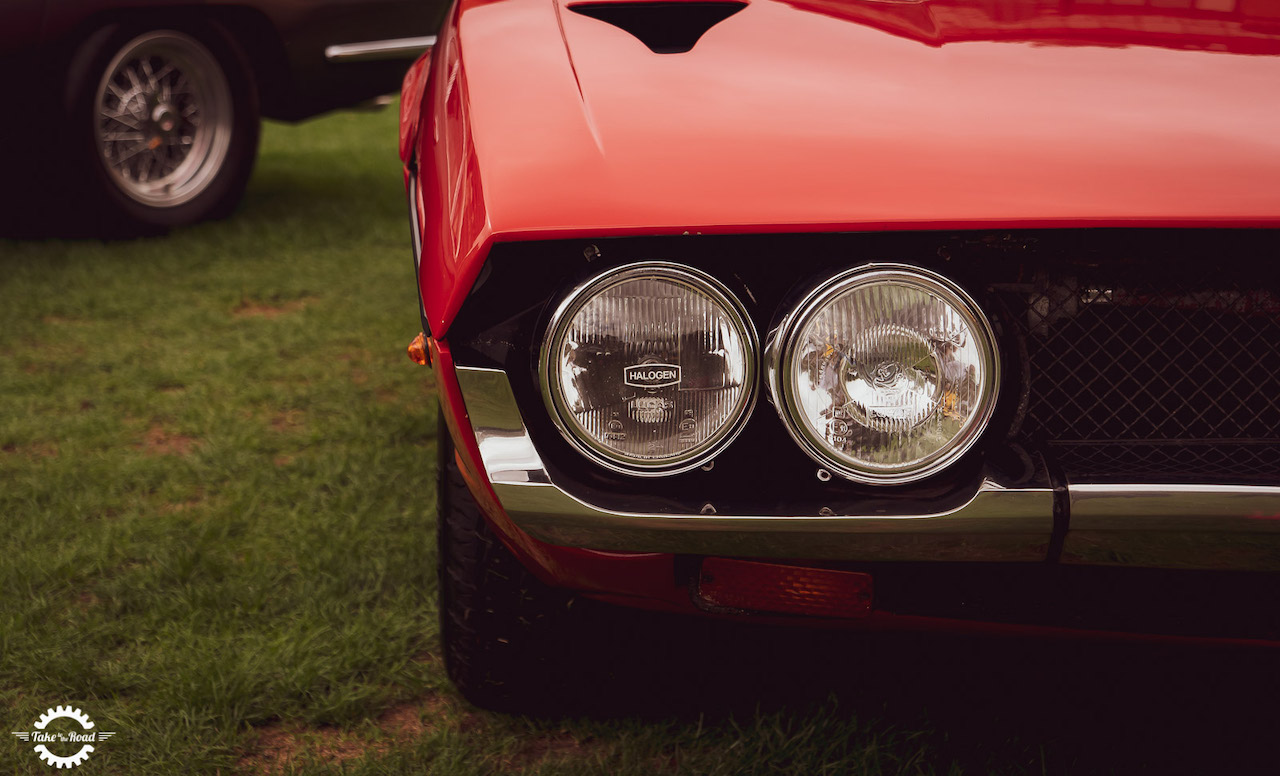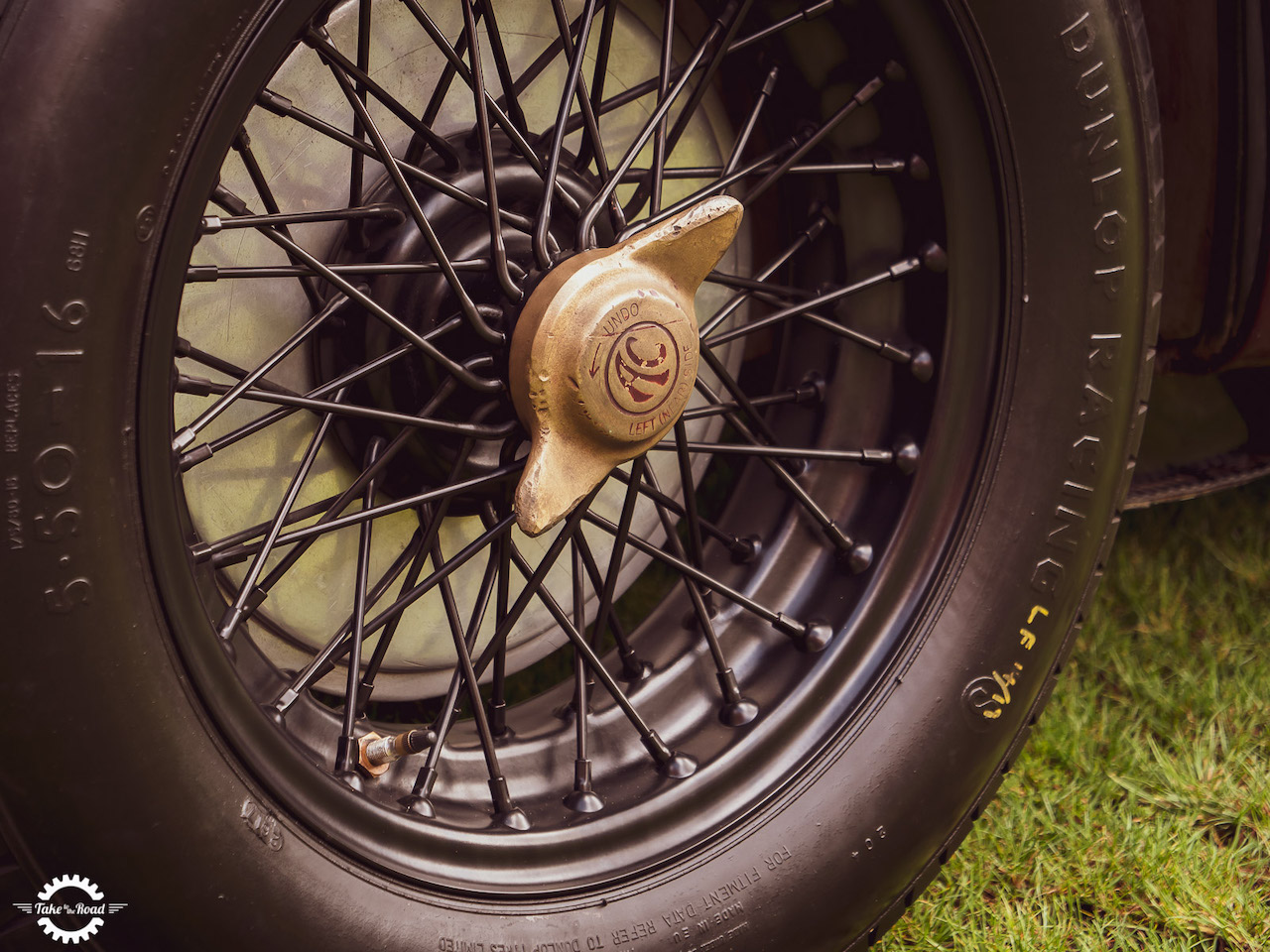Vehicle safety has come a long way over the years. Crumple zones, airbags and ABS brakes have become a standard feature in modern vehicles. Classic cars don’t have any of these features – which means an accident could be potentially a lot more catastrophic. While many classic car owners are willing to take on these added risks, others may want to retrofit a few modern safety features for peace of mind. Below are some of the ways in which you can stay safe when driving a classic car.
Upgrade the seatbelts
The three point seat belt wasn’t invented until 1959 and new cars in the UK weren’t legally required to have these seatbelts fitted until 1968. If your car was built before 1968 and hasn’t already been fitted with a three point seatbelt, this could be the first improvement to consider.

There’s no legal obligation to fit a classic car with seat belts, however it’s the most effective way to prevent an injury during an accident. You can buy period style three point seat belts online – these may blend in a little better with the interior of your car.
Install new headlights
If you plan to drive your classic car at night – or even on a grey day – having modern headlights fitted could also be essential. By switching out your old incandescent bulbs for modern LEDs, you could increase visibility for yourself and other drivers.

You’ll usually be able to tell by the dimness of the headlights as to whether they should be replaced. There may be LED bulbs shaped like traditional bulbs that you can use. LED bulbs also use a lot less power than standard bulbs, which puts less of a drain on your classics electrical power system. This can help improve reliability and reduce the load on the circuitry.
Improve the mirrors
The mirrors in your car could also be worth improving. Until the 80s some cars didn’t even have passenger side mirrors. On particularly old cars, you may even find that mirrors offer very little actual visibility or suffer particularly badly from glare.

Adding new mirrors could help to ensure that you have full visibility. If glare is a problem there may even be coating that you can buy for mirrors (you may also be able to reduce glare by upgrading your glasses – you can find out more about this online). There are modern anti-reflective mirrors that you can buy that are styled to look like classic mirrors.
Consider new brakes
You’ll find ABS (anti-lock braking systems) in all modern cars. These braking systems can seriously reduce skidding when braking at high speeds, reducing potentially lethal crashes. The braking power of modern cars is way ahead of what could be achieved with old drum or even disc brakes back in the day. And its something people don’t always consider when they jump into a classic for the first time.

Retrofitting ABS brakes onto a classic car isn’t easy, but it can be done – there are professional companies out there that may specialize in this service. However the simplest option is to install a brake servo, or “Power Brakes” as our American friends like to call it. So if your classic has non-servo assisted brakes, its worth thinking about.
Be sensible where and when you drive
While you can add many other safety features, it can start to get expensive and may start to affect the authentic feel of your car. If you don’t want to invest in new brake systems, the simplest thing you can do to stay safe is to be sensible about where and when you drive. Avoid driving in bad weather and at night and be careful about driving on busy high speed roads, as not all drivers out there realise that classics don’t brake as well as modern cars.

The average road collision occurs at 12 mph – in the case of most accidents you won’t injure yourself. It’s the smaller risk of high speed crashes that you have to worry about in which your classic car isn’t likely to stand much of a chance (so watch your speed!).
This is a Take to the Road Collaborated Post

